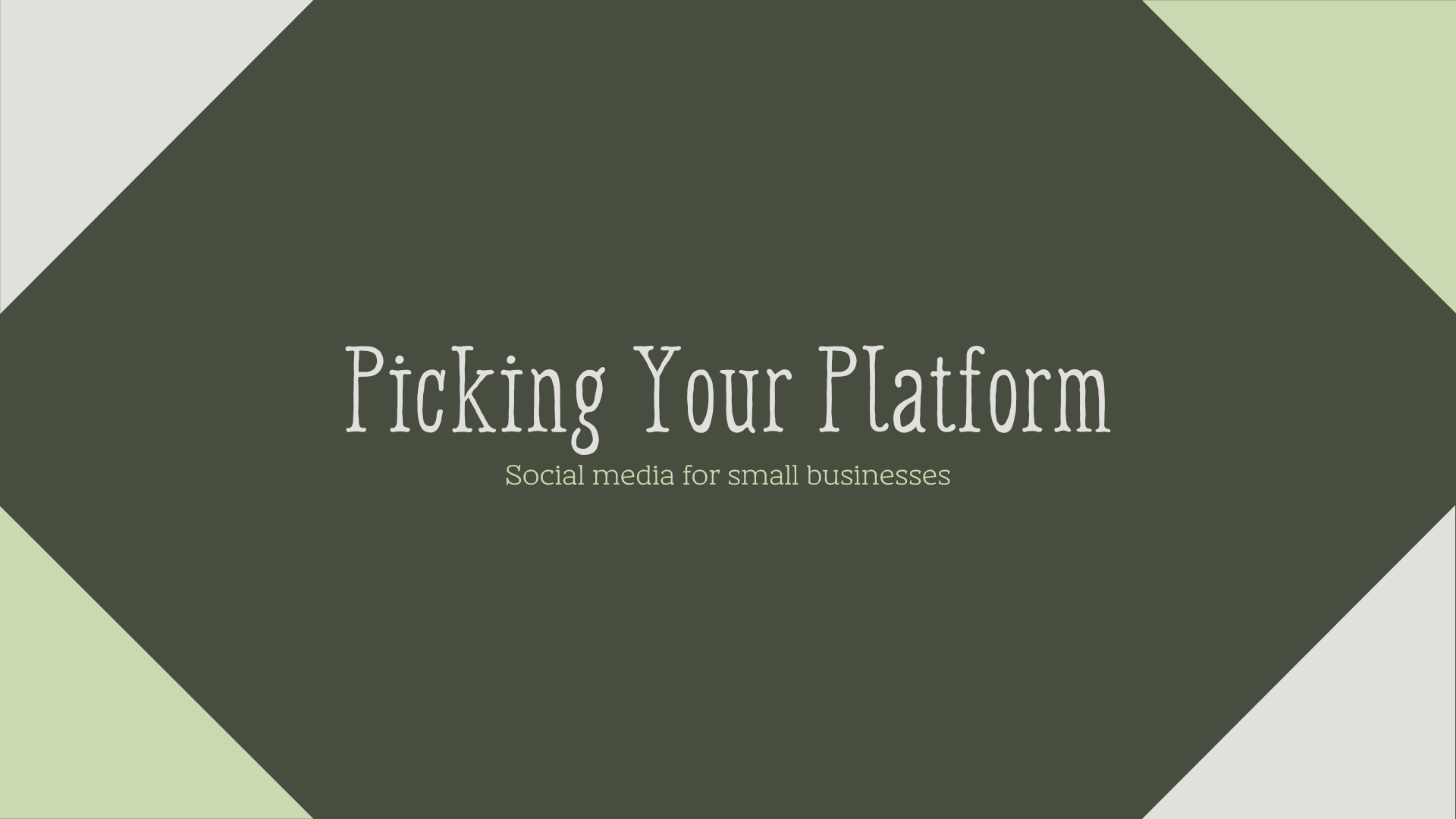Selecting the right social media platforms can significantly impact your marketing success. It’s not about being present on all platforms, but about choosing the right ones where your target audience is active and your business objectives can be met. This blog will help you figure out which platforms you should be on for your business.
Key Considerations for Platform Selection
Know Your Audience:
Understanding your audience is crucial. Who are your customers? What are their demographics, interests, and preferred social media platforms? Utilizing tools like Google Analytics or the insights from your existing social media profiles can help you identify where your audience is most active.
Who is on the platform:
At Wildflower Social Media, we’re big believers that you can find your audience on almost any social media platform. However, there’s no need to to make it more challenging unless there is a good business case for breaking the mold. Here are some facts to consider about Facebook, Instagram and LinkedIn:
Facebook: This is a great “catch all” when it comes to who is where. Over 71% of internet users in the United States use Facebook regularly. That’s almost ¾ of people from the U.S. that use the internet! That being said, it is not the preferred platform for Gen Z or Millennials. If you are trying to market to a younger audience, you may want to look towards prioritizing a different platform.
Instagram: The majority of Instagram users are between 18 and 34 years old. It is split relatively evenly based on gender information as well. This contrasts with X which leans largely male and Pinterest that leans towards a female demographic.
LinkedIn: The U.S. audience on LinkedIn skews a little older than global LinkedIn use. Most of the people using LinkedIn in the U.S. make at least $75,000 a year and they have a bachelors degree at minimum. If you’re looking to market to professionals and B2B, this is the place to be.
Align with Your Goals:
Each platform offers different benefits, depending on your marketing objectives:
Facebook: Ideal for building a broad community presence and excellent for targeted advertising.
Instagram: Perfect for brands that rely heavily on visuals, and for those looking to grow their brand awareness organically.
LinkedIn: Best suited for B2B companies looking to network, recruit, and share industry-related content.
Resource Considerations:
Every social media platform requires a commitment of time and resources. Before diving in, assess how much you can realistically dedicate. A well-maintained presence on fewer platforms often yields better results than a stretched presence on many. Consider these factors:
Time: How much time can you or your team devote to creating content, engaging with followers, and monitoring activities?
Skills: Managing your company’s social media requires a few different skills: copywriting, graphics creation, and the ability to read analytics.
Budget: Some platforms may require a budget for ads to reach your audience effectively. Determine how much you are willing to spend. If you are short on time or skills in the social media world, your budget should include the costs to hire someone to do it for you.
Evaluating and Adjusting Your Strategy
Speaking of resources, social media isn’t a set-it-and-forget-it part of your business. It requires ongoing attention and adjustment. Here’s how to stay on top of it:
Monitoring: Regularly check the performance of your content. Which types of posts get the most engagement? What is driving traffic to your website?
Feedback: Listen to what your audience is saying. Are they responding positively to certain types of content? Is there something they want more of? Don’t forget to collect feedback from your current customers to adjust messaging!
Adaptability: Be willing to tweak your strategy based on what the data tells you. If something isn’t working, don’t be afraid to pivot or try new approaches.
Conclusion:
Choosing the right social media platforms for your business doesn’t have to be overwhelming. By understanding your audience, aligning your goals with the strengths of each platform, and being mindful of your available resources, you can develop a social media plan that not only reaches but resonates with your audience.
Are you ready to optimize your social media strategy but not sure where to start? Contact us today for a personalized consultation. Let’s make your social media work smarter, not harder.

